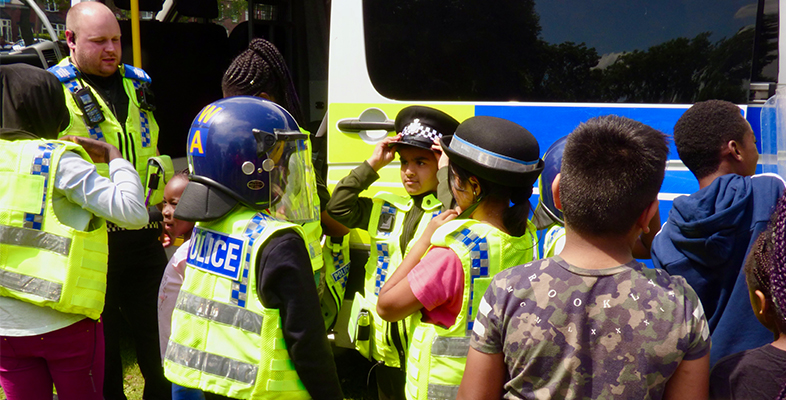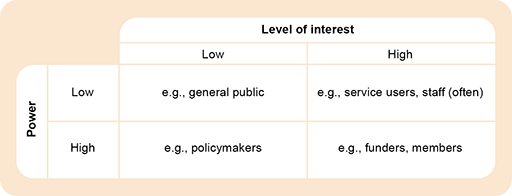3.1 Applying this to Sandford Town scenario
Now place yourself in the scenario. Imagine that you are new to the district and need to quickly get up to speed on the local issues and perspectives. You have decided that you need to understand the key stakeholders and their needs.
How would you do it? Is there a structured or methodical approach you should take?
Activity 1 Primary and secondary stakeholders
Make a list of the primary and secondary stakeholders you can see in the scenario.
Discussion
Understanding communities and community stakeholders is key. In many ways the stakeholders in scenarios such as this are obvious: there are the local residents and residents’ associations, local politicians, government agencies providing social supports to the community, local third sector organisations providing support to the local community as well as many others. In undertaking an exercise such as this, however, you should also consider the less obvious stakeholders. These might be local shop owners who have to deal with various challenges caused by anti-social behaviour, rubbish and waste collection services who might have to collect refuse containing used syringes and other paraphernalia, or even the local media and newspapers.
The logical ‘next step’ after identifying key stakeholders is to analyse them in terms of their attitudes and perspectives. This can help to provide additional, meaningful insights and supports a clearer understanding of how you might engage with them.
Activity 2 Power and interest
Having identified both primary and secondary stakeholders, you should now attempt to map them based on their relative levels of power and interest.
The diagram below maps out the type of analysis you may have come up with. You should reflect on what this tells you about the current situation.

